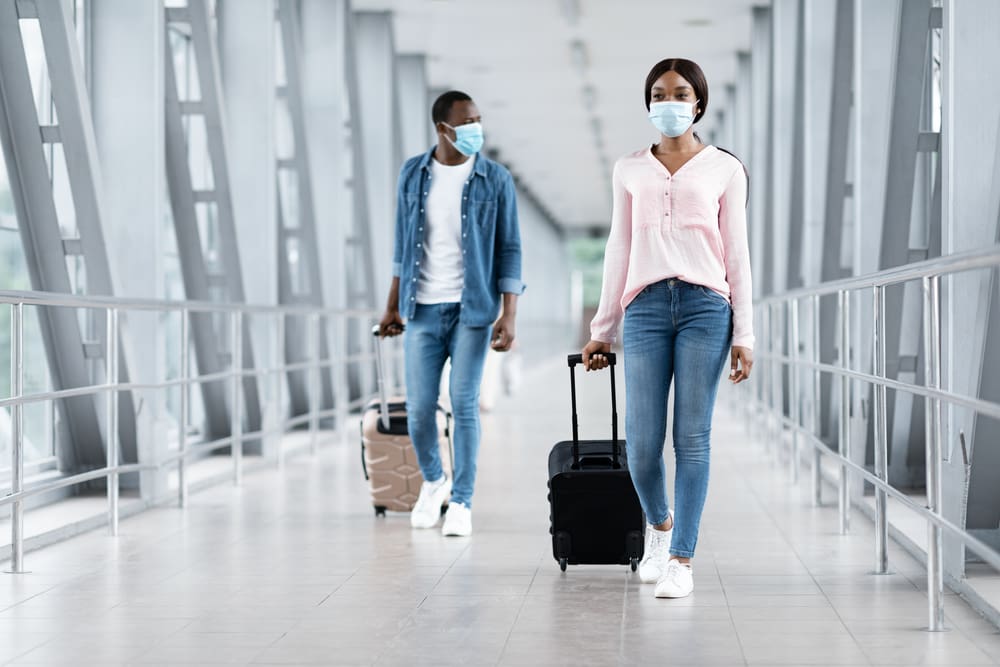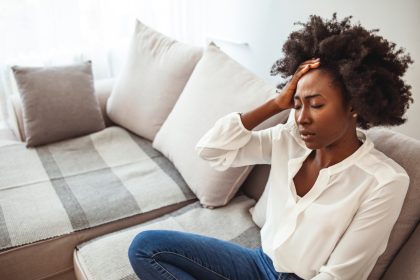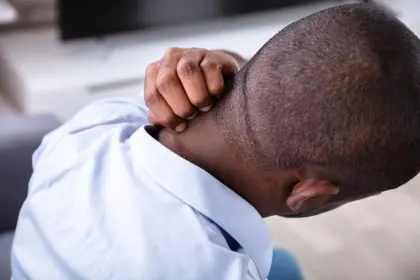For many, the thought of flying conjures images of exotic destinations and exciting adventures. But for a significant portion of the population, airplanes inspire not wanderlust but white knuckles and racing hearts. If you’re one of those travelers who dread airplane rides, fear not! There are many effective strategies you can employ to manage your anxiety and ensure a calmer, more enjoyable flight.
Understanding the Roots of Your Anxiety
The first step to conquering your fear of flying is understanding what makes you anxious. Is it the feeling of being enclosed in a small space? The lack of control during takeoff and landing? Turbulence? Perhaps it’s a combination of factors. Once you identify your triggers, you can develop targeted coping mechanisms to address them effectively.
Common Anxiety Triggers and Solutions
-
Claustrophobia: If the enclosed feeling of a plane bothers you, choose an aisle seat near the front of the aircraft. Aisle seats offer more legroom and a sense of openness, allowing you to stretch your legs and feel less confined. Also, please consider booking direct flights whenever possible to reduce the time spent onboard.
-
Loss of Control: The lack of control during takeoff and landing can be unsettling for some flyers. Turbulence can further exacerbate this feeling. Remember, airplanes are incredibly safe and designed to handle rough air. Familiarize yourself with the causes of turbulence, such as air currents and weather patterns. Understanding these phenomena can make them seem less random and frightening. Learning about the rigorous training pilots undergo, and the multiple safety measures built into airplanes can also be reassuring.
-
Fear of Accidents: While accidents are infrequent in commercial air travel, the fear of them can be a significant source of anxiety for some flyers. The statistics are overwhelmingly in favor of air travel safety. Commercial airplanes undergo rigorous maintenance checks, and pilots are highly trained professionals who prioritize passenger safety above all else.
Pre-Flight Anxiety Busters
-
Planning is Power: Feeling prepared can significantly reduce anxiety. Book your flight well to secure your preferred seat and avoid last-minute price hikes. Research the airport and airline procedures, familiarizing yourself with the security process and baggage claim protocols. Packing a comprehensive checklist can ensure you remember all the essentials that might add to your stress.
-
Travel Light: Packing light can significantly reduce pre-flight stress. Please don’t worry about checking multiple bags and the potential delays at baggage claim. Having less to worry about can make a big difference in your overall anxiety level.
-
Relaxation Techniques: Practice relaxation techniques like deep breathing exercises, meditation, or progressive muscle relaxation in the days before your flight. These techniques can help calm your nervous system and promote feelings of peacefulness. Consider incorporating relaxation techniques into your daily routine for added benefit. Visualization exercises can also be helpful. Imagine yourself arriving at your destination relaxed and happy, focusing on the positive aspects of your trip.
-
Seek Professional Help: If your anxiety is severe and interferes with your ability to travel, consult your doctor. They might recommend medication or therapy to manage your stress more effectively. Various therapeutic approaches can be helpful, such as cognitive behavioral therapy (CBT), which can help you identify and challenge negative thought patterns that contribute to anxiety.
Coping Mechanisms During the Flight
-
Distraction is Key: Distract yourself from anxious thoughts with activities you enjoy. Pack a book you’ve been eager to read, download podcasts or audiobooks to listen to during the flight. Create a playlist of calming music or upbeat tunes, depending on your preference. Watching movies or in-flight entertainment can also be a great way to take your mind off your anxieties.
-
Focus on Relaxation: When anxiety creeps in during the flight, employ relaxation techniques like the deep breathing exercises you practiced beforehand. Focus on slow, steady breaths, inhaling through your nose and exhaling slowly through your mouth. Progressive muscle relaxation involves tensing and relaxing different muscle groups in your body, which can help release tension and promote feelings of calmness.
-
Hydration and Healthy Snacks: Dehydration can worsen anxiety symptoms. Drink plenty of water throughout the flight to stay hydrated. Avoid sugary drinks and excessive caffeine, which can contribute to anxiety and dehydration. Pack healthy snacks like nuts, fruits, or granola bars to stabilize your blood sugar levels and avoid hanger-induced irritability.
-
Open Communication: Don’t hesitate to let the flight attendants know you feel anxious. They are trained to deal with passenger anxiety and can offer support and reassurance. They might offer calming words, suggest relaxation techniques, or provide a listening ear.
Additional Tips for a Smooth Flight
- Early Arrival: Avoid the last-minute rush and potential delays by arriving at the airport early. This gives you ample time to check in, go through security without feeling rushed, and board the plane comfortably.
This story was created using AI technology.















